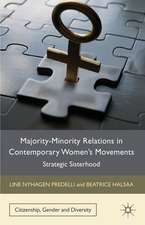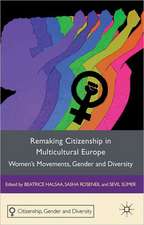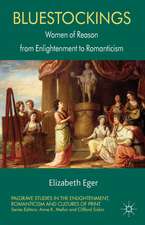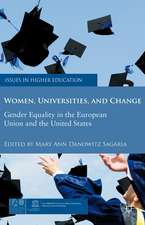New Century, Old Disparities: Gender and Ethnic Earnings Gaps in Latin America and the Caribbean: Latin American Development Forums
Autor Hugo Nopoen Limba Engleză Paperback – 9 sep 2012
Preț: 245.43 lei
Nou
Puncte Express: 368
Preț estimativ în valută:
46.97€ • 51.00$ • 39.45£
46.97€ • 51.00$ • 39.45£
Carte tipărită la comandă
Livrare economică 23 aprilie-07 mai
Preluare comenzi: 021 569.72.76
Specificații
ISBN-13: 9780821386866
ISBN-10: 0821386867
Pagini: 323
Dimensiuni: 150 x 226 x 25 mm
Greutate: 0.57 kg
Editura: World Bank Publications
Seria Latin American Development Forums
ISBN-10: 0821386867
Pagini: 323
Dimensiuni: 150 x 226 x 25 mm
Greutate: 0.57 kg
Editura: World Bank Publications
Seria Latin American Development Forums




























